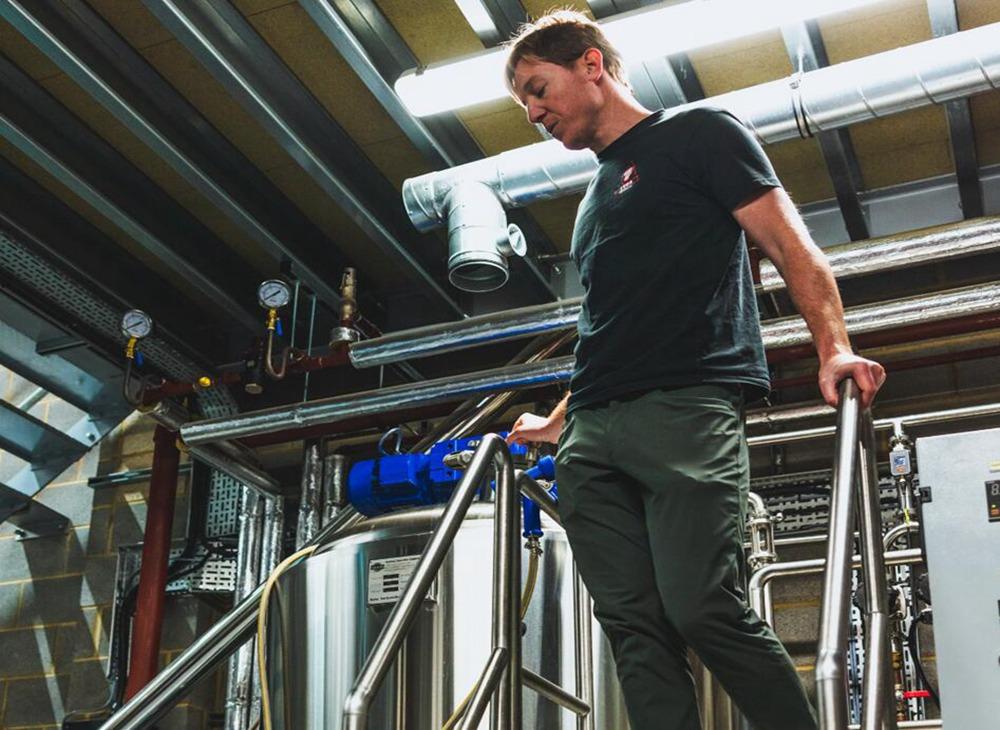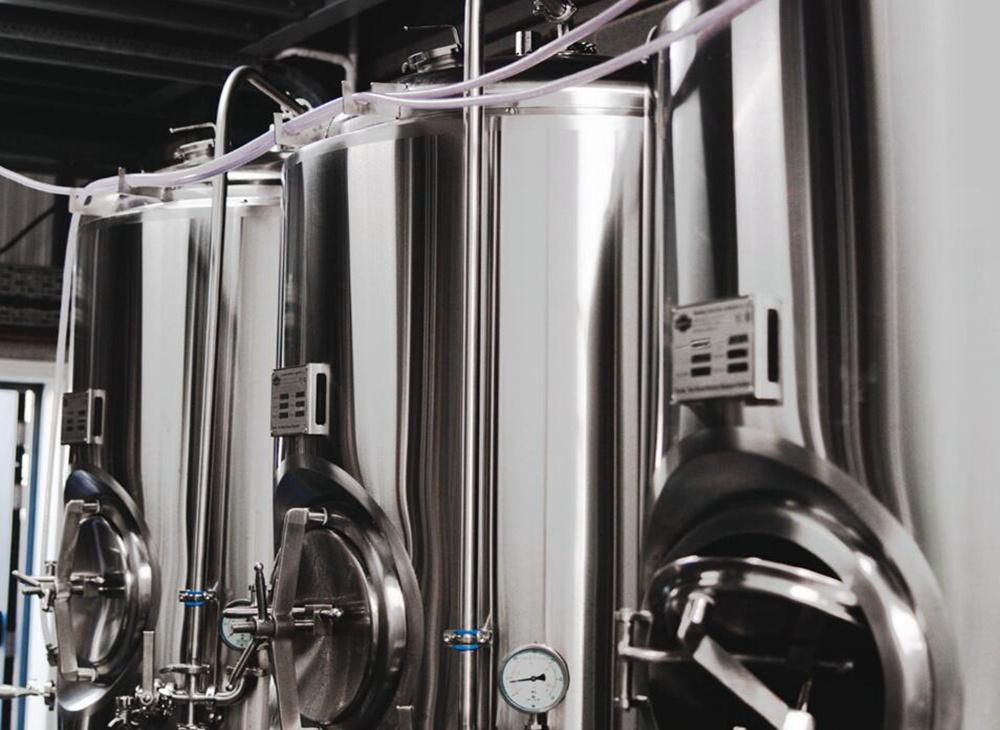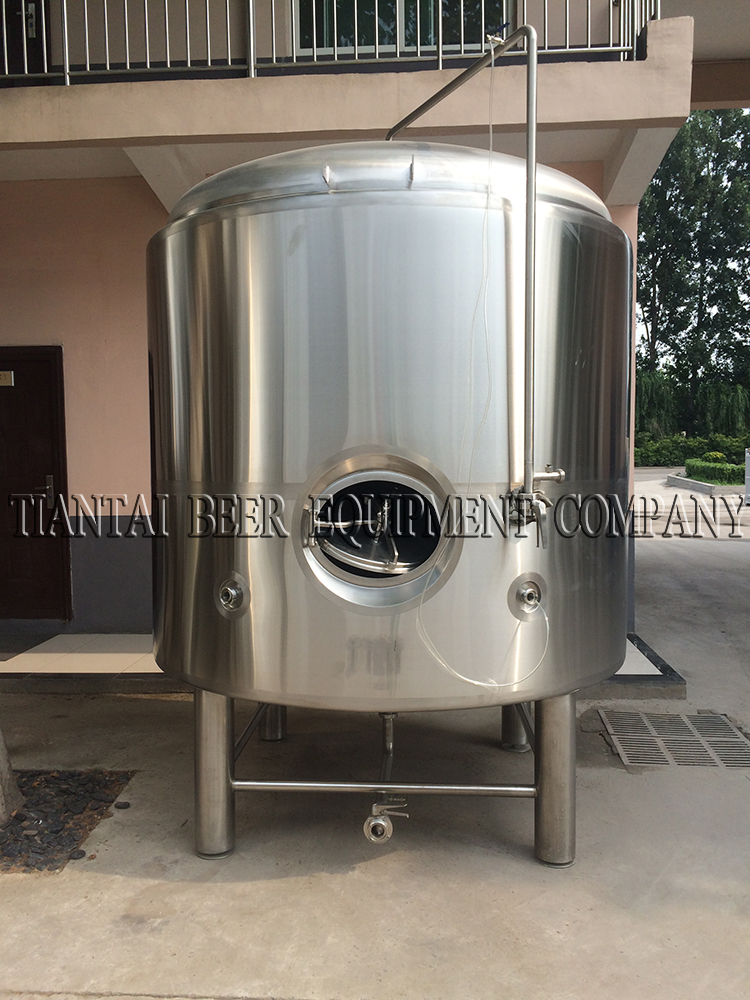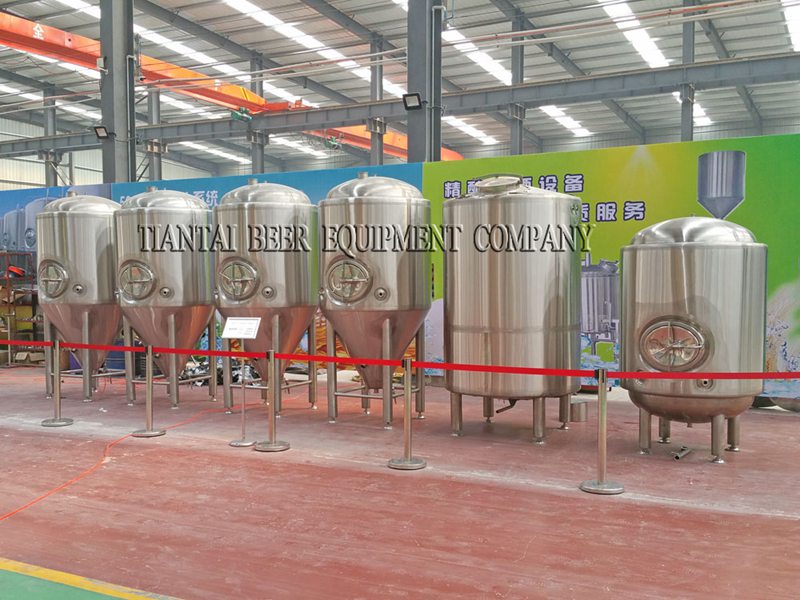
Improving brewhouse efficiency involves speeding up the turnaround time of brewhouse tanks. The goal is to minimize the time each vessel is occupied, thereby increasing the number of malt feedings per day. This is particularly important for tanks that require longer processing times, such as the Kettle (KT) and Lauter Tun (LT).
1) Reducing Kettle Occupation Time
In most cases, the KT requires the longest processing time, with the total turnaround time dependent on both the LT and wort boiling processes. However, the effective processing time is usually only 90-120 minutes. It is crucial to manage the process efficiently to avoid delays in wort boiling. To reduce the KT occupation time to 160-190 minutes and achieve 7.5-9 batches per day, consider using an additional temporary wort storage tank with heating capabilities. This allows the next batch of wort and partial sparging wort to be processed simultaneously with the KT.
2) Reducing Wort Lautering Time
The LT also has a long occupation time, influenced by various factors. Lautering difficulties can extend the process to 4-5 hours, significantly impacting brewhouse turnaround time. It is essential to understand and manage the factors affecting wort lautering and take measures to address difficulties. The LT can achieve 8 turnarounds per day if the occupation time is kept under 180 minutes. Using a lauter machine can reduce lautering time to around 120 minutes, significantly increasing daily feedings.

3) Speeding Up Turnaround of the Cooker and Mash Tun
The cooker and Mash Tun (MT) generally have shorter occupation times, rarely exceeding 240 minutes. However, to achieve more than 8 feedings per day, further measures are needed to reduce their occupation time. Specific measures include:
Increasing the feeding temperature of auxiliary materials to 65-70°C and using high-temperature-resistant bacterial starch enzymes to replace malt accessories. This allows direct boiling of the mash, reducing heating and holding times.
Adopting single decoction, fast mashing, or infusion mashing methods can save significant time during mash separation, heating, and boiling. High-quality, well-dissolved malt is necessary for these methods.
Reducing the amount of auxiliary materials or adding enzymes such as protease, glucanase, or saccharifying enzyme. Using lower protein rest temperatures of 45-48°C can shorten the rest and mashing times.
Learn more how Tiantai beer equipment company to not only produce the best quality brewery equipment for flavor-rich beers, but also help them to optimize the configuration, maximize process uptime and reduce beer loss when they brewing, PLEASE DON’T HESITATE TO CONTACT WITH US!
Hubert
Email: [email protected]




.jpg)
.jpg)

Get In Touch